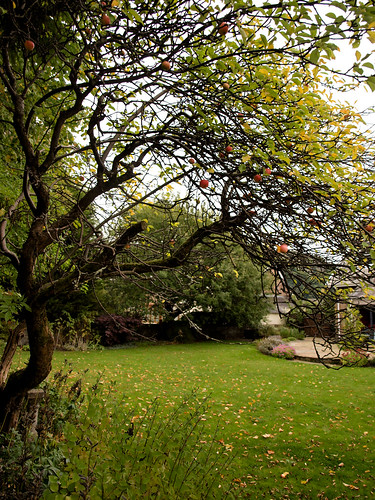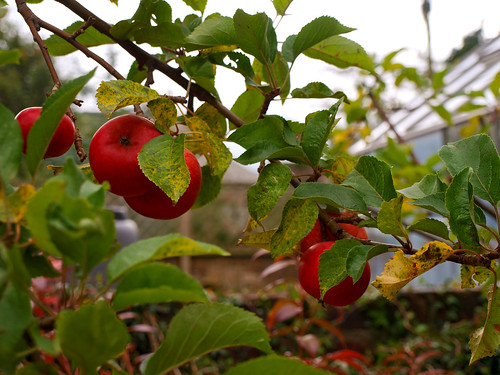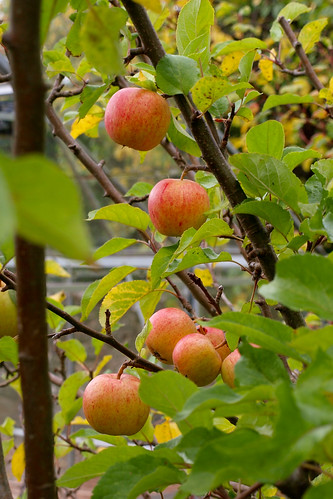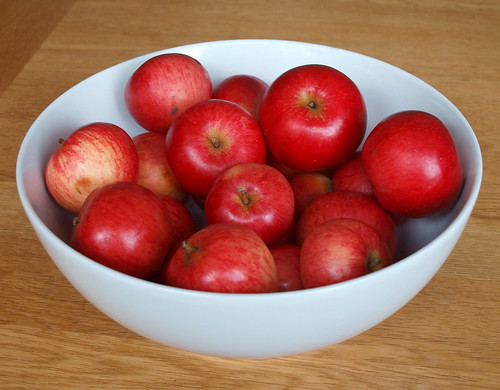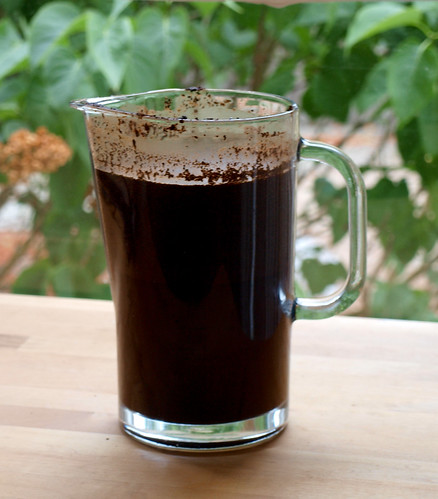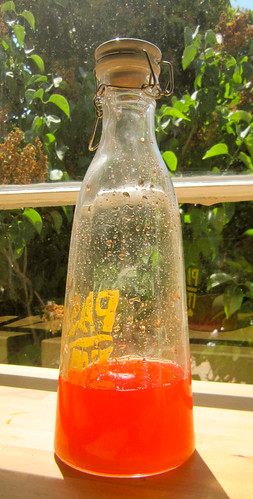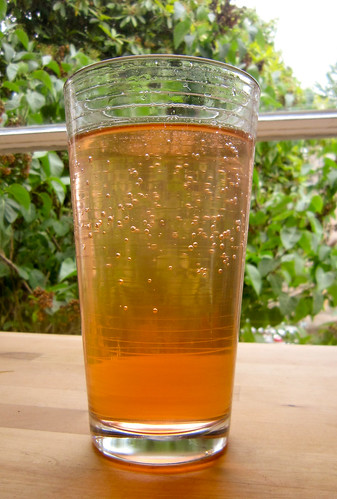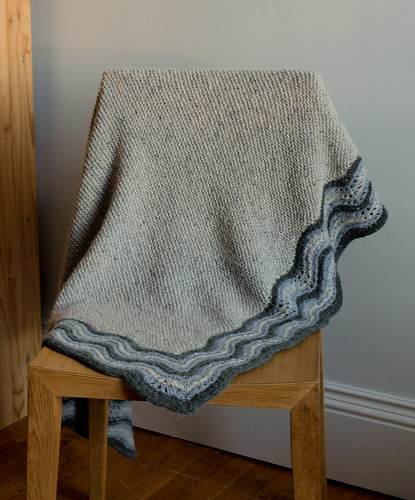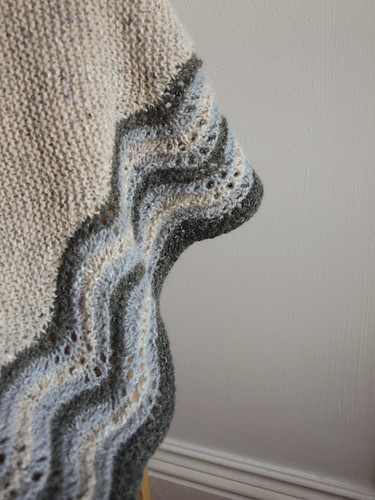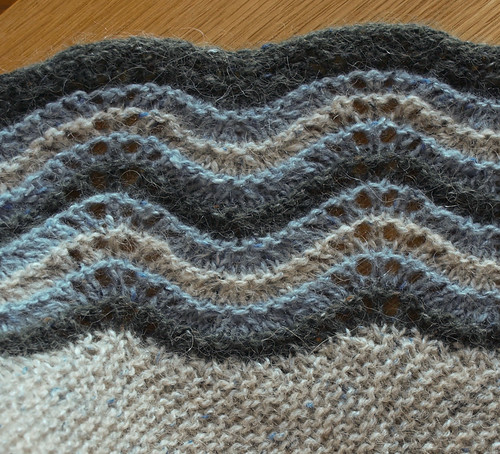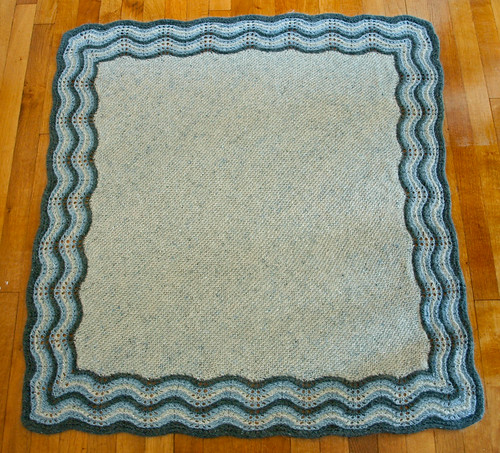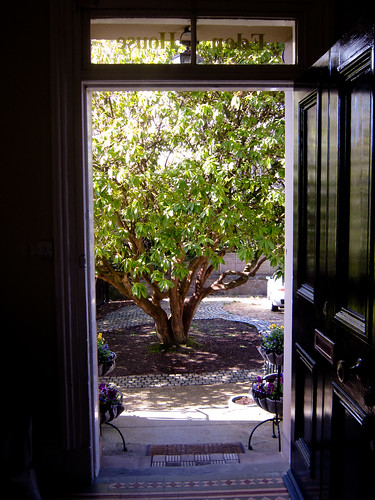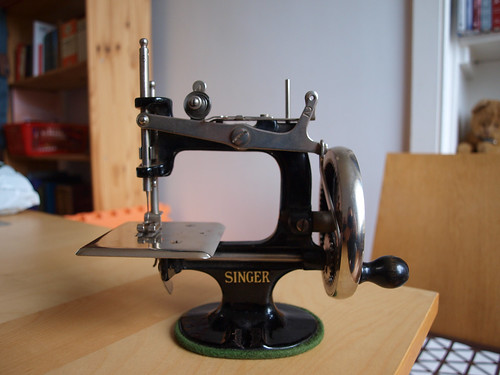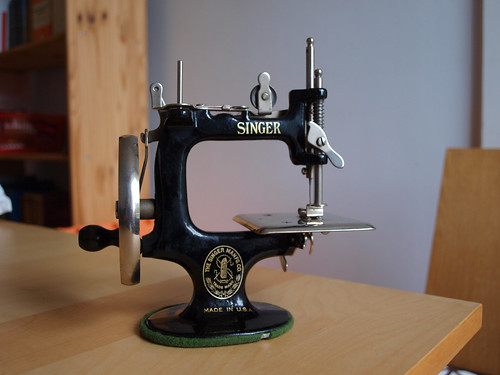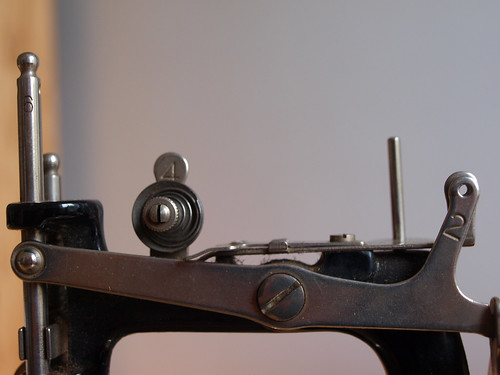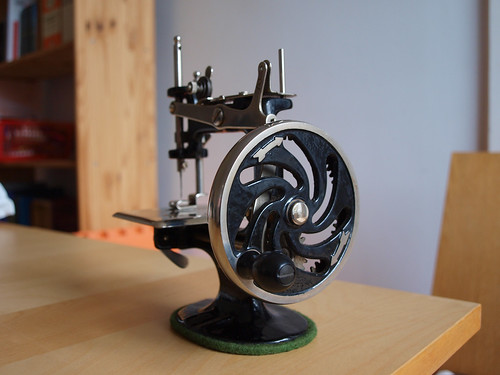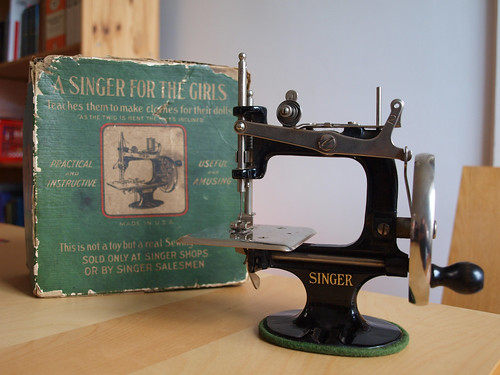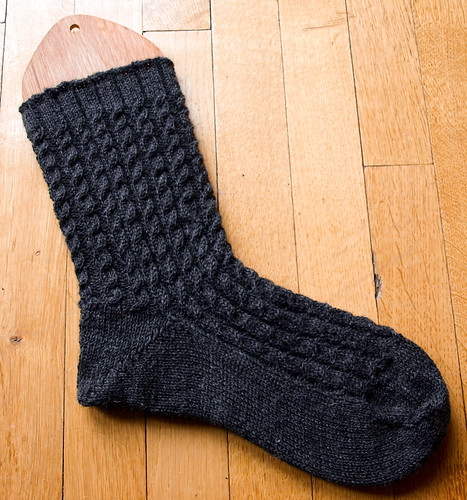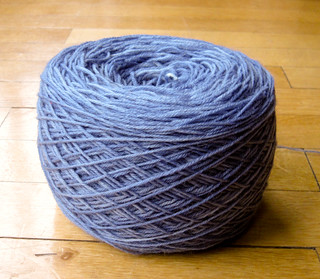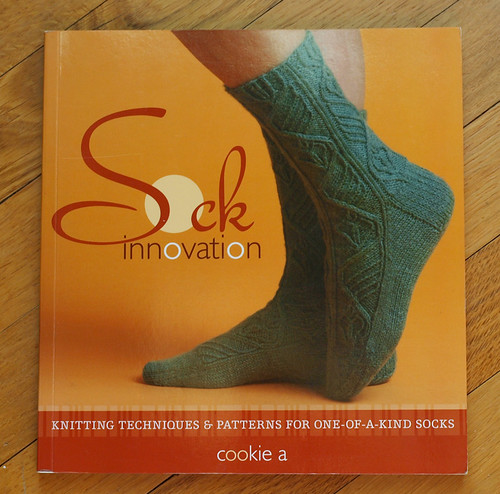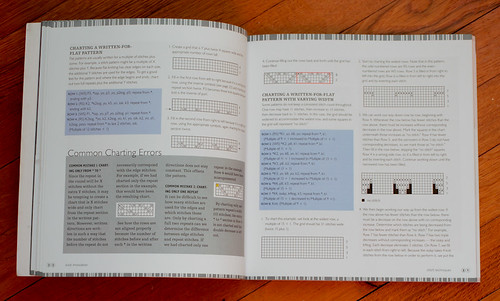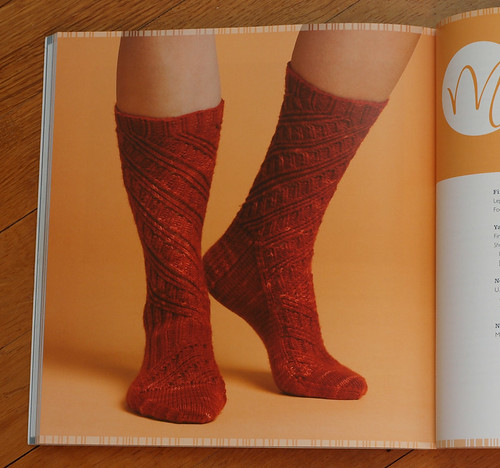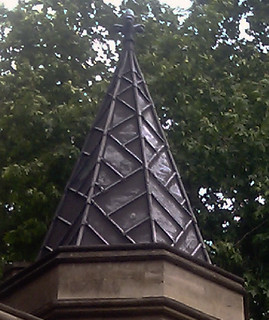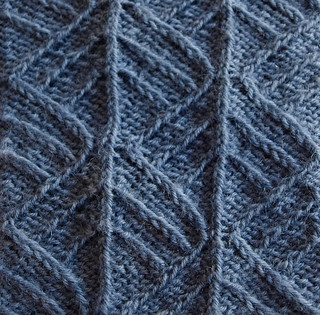We moved into a new house at the beginning of August and, as we move further into Autumn, have been gradually learning that the fruitfulness around here is anything but mellow. The house has a wonderful, big garden and we knew before we moved in that there were a number of fruit trees and bushes but we’ve been a little overwhelmed by just how good this year’s harvest is. I’ve spent a lot of time over the past few weeks researching ways to make the most of the bounty so if you’re interested in particular recipes, jump to the bottom of the post where I’ve included a list with links to online versions where available.
This post mainly features apple pictures but it was the plums that were the real stars. Despite giving away, literally, kilos of them, we still had enough to make two different types of jam (and several batches of each of these), two kinds of chutney, plum sauce, plum cake, plum crumble and a plum shrub similar to the strawberry shrub in my last post.
The apple harvest has been slightly more restrained so we only made one type each of jam and chutney, some apple sauce, apple crumble and an apple pie. (I’m ignoring the large quantities of apples that are sitting in the kitchen that still haven’t been used up yet and the fact that there are two more trees with later ripening varieties that we’ve barely started harvesting yet.)
As well as the plums and apples, we’ve also been picking pears, blackberries, and gooseberries. We only got a handful of gooseberries so they got cooked down in some cider as a sauce for pork chops. Similarly, there were only about a dozen pears so those have just been eaten as they ripened. The ½ kilo of blackberries went into a batch of apple and blackberry jam although I’ve since found a recipe for blackberry schnapps that makes me wish I hadn’t used them already.
As if the list below wasn’t enough (and we really have made everything on the list below over the past month or so), I’ve also been picking our rosehips and elderberries but more on that in part II!
Recipes
Plums
Plum, cinnamon and orange jam – my recipe is similar to this one but without the cloves and only using the same weight of preserving sugar as you have fruit
Plum jam – a simpler, sweeter jam than the one above
Plum chutney – still mellowing in the cupboard so haven’t had a chance to try this one yet
Indian-style plum chutney – brilliantly tangy and great with poppadums
Plum sauce – I didn’t like the results of the recipe I used so I won’t link to it but let me know if you have a good one
Plum pudding cake – almost gingerbread-like, but with plums
Plum crumble – I used the filling from this recipe but with the topping of the apple crumble recipe below
Plum shrub – the shrub is currently mellowing so I don’t know how this tastes yet but I’m looking forward to trying out their cocktail recipe for it
Apples
Spicy apple and tomato chutney – we made this to give to people at Christmas a couple of years ago and wished we’d kept more of it
Apple and blackberry jam – not the exact recipe I used but very similar.
Apple sauce – really easy to make
Apple crumble – a definite favourite around here
Apple pie – again, not the exact recipe but similar.
Gooseberries
Pork chops with gooseberries and cider – pretty much made up on the spot: Brown two large pork chops in a pan and then add ½l of dry cider and several handfuls of gooseberries. Cook until chops are cooked through and gooseberries are softened. Mash gooseberries into pan juices to create sauce.
